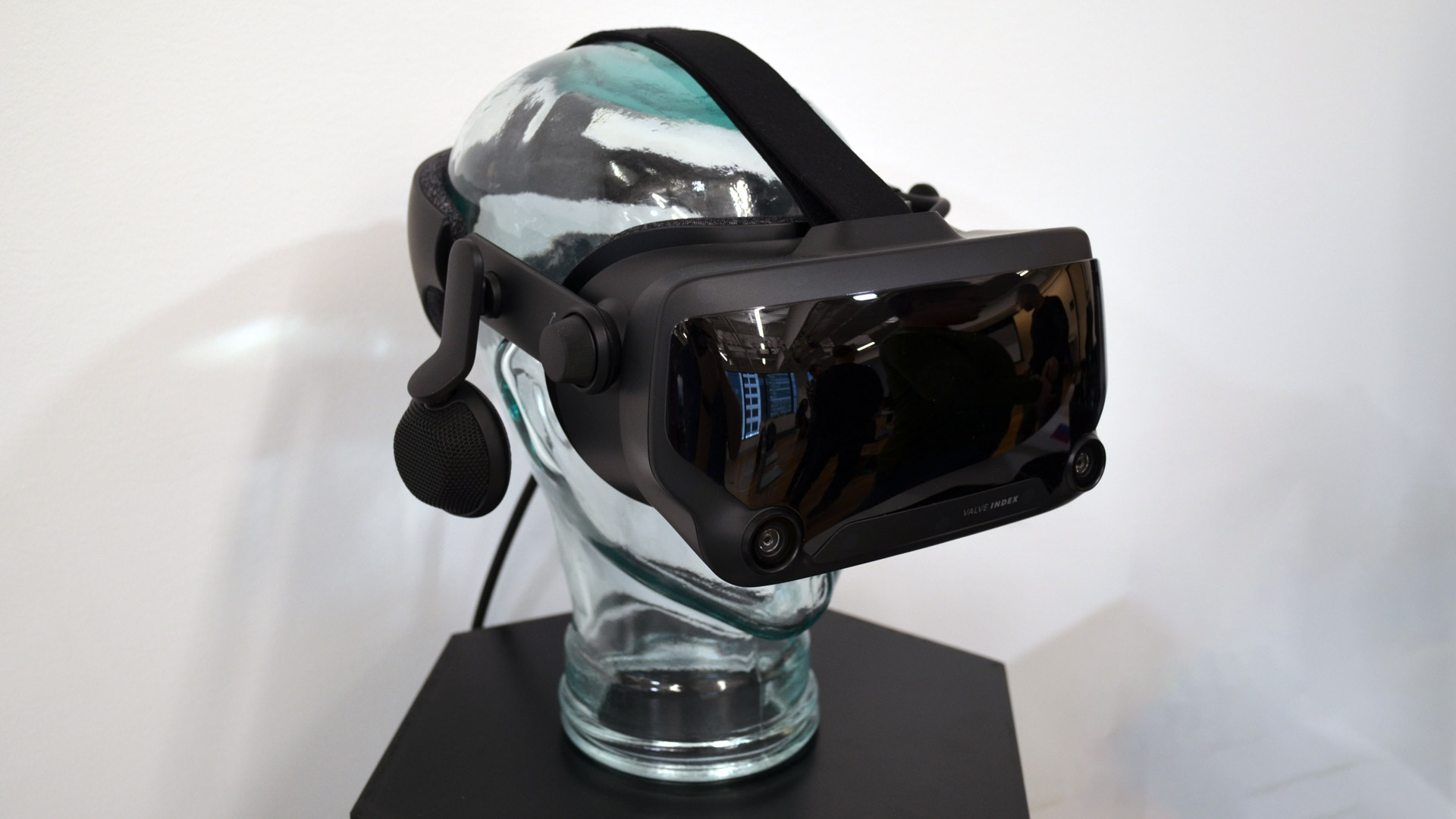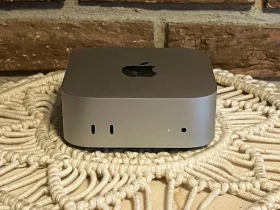The VirtualLink port, a USB-C standard designed for VR headsets, was introduced on select graphics cards, notably the RTX Founders Edition models of Nvidia’s RTX 2060, 2070, 2080, and 2080 Ti, as well as some AMD Radeon RX 6000 and 7000 series reference cards. However, this port is absent in newer generations of graphics cards, signaling the decline of its use in the industry.
VirtualLink was developed by a consortium that included major tech companies like Nvidia, AMD, HTC, Oculus, Valve, and Microsoft. The goal was to create a single connection standard that could transmit video, data, and power to VR headsets through a single USB-C cable.
This was intended to make connecting VR headsets to PCs or consoles more straightforward, with Sony also adopting the standard for its PlayStation VR 2.

Despite its initial promise, VirtualLink quickly became obsolete. After its introduction in 2018, the VR market began to shift towards standalone headsets, which do not require a connection to a PC. Additionally, wireless solutions for connecting VR headsets to PCs, such as Virtual Desktop, Air Link, and Steam Link, became increasingly popular, reducing the demand for a dedicated VR connection port.
By 2020, the companies behind VirtualLink decided to abandon the standard, acknowledging the changing landscape of VR technology. The rapid adoption of wireless VR and the diminishing need for tethered connections led to the VirtualLink port becoming an outdated feature, no longer included in the latest graphics card designs.







Leave a Reply